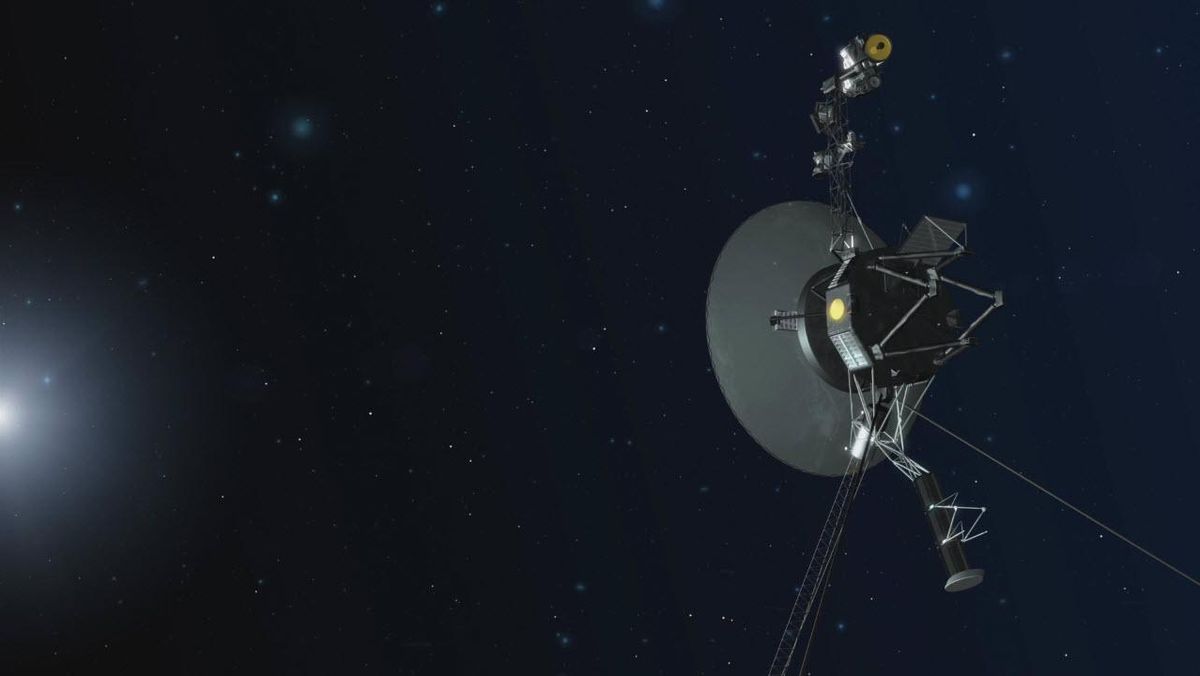The Voyager probes were launched in 1977. They were to last for four years, but are still boiling after 45 years. Now they are starting to run out of power, and NASA must therefore start shutting down instruments to make them last as long as possible.
The power source is radioactive plutonium, and it is reduced by about 4 watts a year. Now there is little left, but by shutting down instruments that are not essential, NASA hopes to keep in touch with them for a little while into the 2030s, says Linda Spilker in NASA to Scientific American.
In total, such a probe needs 400 watts for instruments and heating them, but it is no longer possible to give them. At launch, the systems were able to deliver about 470 watts to each probe and its instruments, but now they deliver around 245 watts.
Not exactly much memory
Some instruments are already turned off, either because they have failed or because they are no longer needed. Where the probes are now, for example, there is not much to photograph, and there is also an acute shortage of planets to look at and atmospheres to measure.
The instruments that must be switched off in the next few years are thus the beginning of the end. By approximately 2030, NASA’s Deep Space Network will no longer be able to maintain contact with the probes.
According to Scientific American, the radio instrument that sends data to Earth has about the same effect as the light bulb in a refrigerator. The signals take almost a day to reach the earth and are then so weak that it is almost impossible to pick them out of the background noise from all the other radio sources we have here.
The data sent is cached on an eight-track tape recorder, which was the best of technology in 1977. Each probe has less memory than the electronic door opener of your car, Spilker told Scientific American.
Still, after 45 years and ten times as long as planned, both band players are still working.


